
Qantas’ loyalty program is one of the most profitable divisions of the airline. In the last financial year alone, Qantas Loyalty made a $351 million profit – giving it an operating margin of 21.9%.
Since launching 36 years ago, around 15 million people have joined Qantas Frequent Flyer. But Qantas Frequent Flyer wasn’t always the juggernaut it is today. It began with just 50,000 members in 1987 and has since evolved significantly from its original model of only targeting business travellers.
Qantas Frequent Flyer wasn’t the world’s first frequent flyer program – that honour belongs to Texas International Airlines, which introduced a loyalty program in 1979. The oldest remaining frequent flyer program is American Airlines AAdvantage, launched in 1981. But Qantas was the first Australian airline to launch a loyalty program.
Contents
The Australian aviation market in 1987
In 1987, government-owned Qantas exclusively operated international flights. The new loyalty program helped Qantas to compete against other overseas airlines which had their own programs.
The domestic market in 1987 was not nearly as competitive! There were only two domestic airlines – the privately-owned Ansett and government-owned Australian Airlines (formerly Trans Australia Airlines).
Ansett and Australian didn’t need “expensive” loyalty programs because they enjoyed a duopoly which was protected by the government. But the Australian government deregulated the domestic aviation industry in October 1990, leading to some huge changes in the market.
Deregulation forced Australia’s airlines to innovate
The end of the “Two Airline Policy” in October 1990 opened the door for a new airline, Compass, to enter the Australian domestic market in December 1990. Suddenly, the incumbent domestic operators – with their bloated cost bases – had a problem.
Compass Airlines had operating costs around 43% lower than both Ansett and Australian Airlines. As a result, the new low-cost entrant was able to offer much lower airfares. By September 1991, Compass had picked up a 20% market share on the domestic routes it operated.
Neither Ansett nor Australian Airlines could afford to match the cheap fares offered by Compass. Instead, they needed to find a way to differentiate themselves so that business travellers would willingly pay more to fly with the legacy carriers. So, in late 1991, they both launched frequent flyer programs.

Frequent flyer programs were originally designed to reduce price elasticity
If it wasn’t for Compass, Ansett and Australian Airlines almost certainly wouldn’t have introduced frequent flyer programs in 1991. But the airlines felt this was necessary to prevent business travellers from switching to the competition.
Across the ditch, Air New Zealand’s frequent flyer program originally only awarded points on international itineraries. Again, that’s because Air New Zealand needed to compete with other international airlines that had loyalty programs – but at the time faced no such pressure on domestic routes. Why give something away for free when people had no choice but to fly with your airline anyway?
In September 1992, Qantas merged with Australian Airlines. The Australian Airlines loyalty program was folded into the Qantas Frequent Flyer program, meaning Australians could now earn Qantas points on domestic flights and redeem them across the Qantas international network. Qantas Frequent Flyer was also closely affiliated with British Airways and Australian Asia Airlines – in addition to American Express, Hertz and various hotel partners.
According to an excellent article published in the Transportation Journal in 1995 by William Browne, Rex Toh and Michael Hu called Frequent-Flier Programs: The Australian Experience (Vol. 35, No. 2, Winter 1995, pp. 35-44), the merger between Qantas & Australian Airlines highlighted the early effectiveness of loyalty programs. After the Qantas and Australian loyalty programs combined, the proportion of Australian business travellers who preferred Qantas/Australian increased to 46%, compared to Ansett’s 38%. It had previously been the opposite.

Frequent flyer programs still have a significant “golden handcuff” effect. Many frequent flyers will stick with one airline, even if it offers a less convenient schedule at higher prices.
In a recent poll of AFF members, only 9% of respondents who currently fly Qantas said that Qantas would remain their airline of choice if it didn’t have a frequent flyer program. Over three-quarters said they would book flights purely based on price and schedule in the absence of a loyalty program.
Admittedly, AFF members tend to be more heavily influenced by loyalty programs than the average person. But the result suggests that Qantas probably couldn’t maintain such a significant price premium over competitors without a strong loyalty program.
Qantas Frequent Flyer grows “like wildfire”
By 1994, Qantas Frequent Flyer had grown to over 300,000 members. Around 14,000 new members were joining each month. A Qantas spokesman at the time said the program was “growing like wildfire”.
Despite this, the majority of Australian travellers at the time were not a member of any frequent flyer program. According to the article by Browne, Toh and Hu (referenced above), only 12% of leisure travellers and 39% of business travellers in the mid-1990s had joined a frequent flyer program. 74% of travellers surveyed said that they made too few trips to make it worth paying the fees.
Around that time, Qantas Frequent Flyer had a $30 joining fee. This has since increased to $99.50 – but is now much easier to avoid paying.
Qantas Frequent Flyer also introduced an annual “account service fee” of $20 in 1999. The account service fee was unpopular and didn’t last long, being scrapped in 2001. It followed an ACCC investigation relating to the GST collected on this fee.
Qantas Frequent Flyer has never really stopped growing. By the year 2000, it had reached 2.4 million Frequent Flyer members. The program celebrated 10 million members in 2014, and today boasts 14.7 million members – although it’s difficult to know how many of those people are still alive and actively using their accounts.
Earning Qantas points in the 1990s
During the first decade of the program, Qantas Frequent Flyer members predominantly earned points from flying.
The loyalty program had credit card affiliates too, originally American Express and later Visa & Telstra. But the opportunities we have today to earn hundreds of thousands of Qantas points through credit card sign-up offers – or to earn enough Qantas points for a flight to New Zealand by buying a case of wine – simply didn’t exist back then.
Great Credit Cards for Earning Qantas Points
- Card Name
- Qantas Premier Platinum
- Earn
- 1
- Signup Bonus
-
Up to 90,000 bonus Qantas Points*
- Annual Fee
- $349 for the first year and $399 p.a. ongoing
- Read more
- View Offer

on everyday purchases
- Card Name
- Qantas American Express Ultimate
- Earn
- 1.25
- Signup Bonus
-
50,000 bonus Qantas Points¹
Apply by 1st Jul 2025
- Annual Fee
- $450 p.a.
- Read more
- View Offer
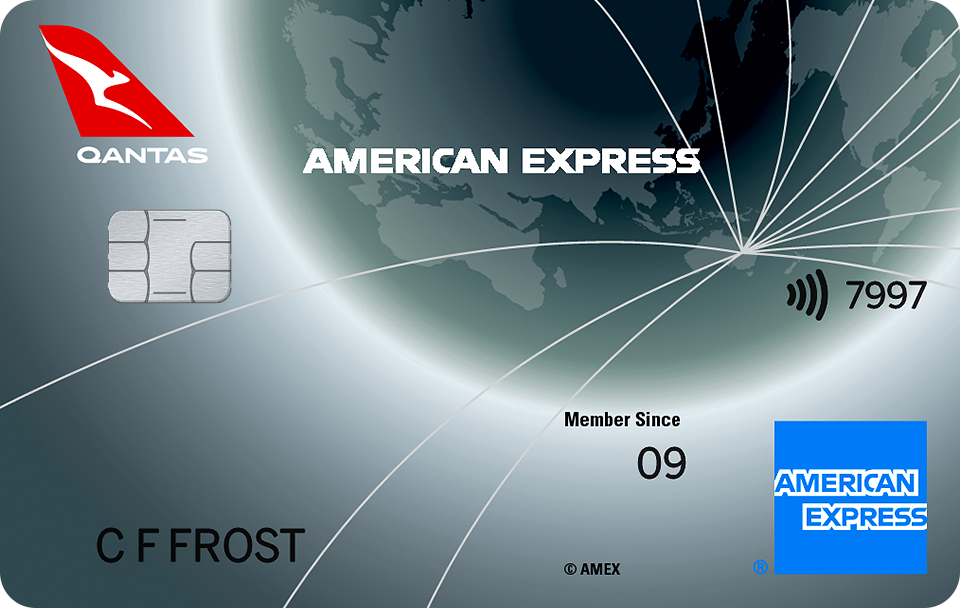
on everyday purchases
When the program first launched, Qantas points were initially only valid for up to two years. They would expire if unredeemed by the end of your following membership year. This changed to a five-year validity in 1994, before Qantas again changed its policy in 2001 so that points would only expire following 18 months of continuous account inactivity.
In 1994, the earn rates for Qantas flights were as follows:
- 0.7 Qantas points per kilometre flown on discounted Economy tickets
- 1 Qantas point per kilometre flown on full Economy (Y class) tickets
- 1.25 Qantas points per kilometre flown in Business
- 1.5 Qantas points per kilometre flown in First
Qantas Frequent Flyer switched the basis of earning and burning points from kilometres to miles in 2001.
Historical Qantas Frequent Flyer redemptions
Although points were harder to earn, Qantas flight redemption pricing in the 1990s was much more generous. Here’s an excerpt from the 1996 Qantas Frequent Flyer membership brochure (which was sent to members in the mail) showing the award chart from the time:

As an example, in 1996, you could book the following itinerary in Business Class with stopovers in each city for just 37,500 Qantas points – and no taxes!

At that time, there were no award availability blackout dates – but you could not redeem flights during “peak hour” times.
Initially, there were no additional taxes or charges payable when redeeming Qantas points for an award flight. This changed in October 1995, with the introduction of the Sydney Airport noise levy. By the early 2000s, Qantas had begun passing on other third-party taxes. It first introduced its own additional fuel surcharges (later renamed to carrier charges) in 2004.
Today, you can book a flight for any eligible family member using your Qantas points. But initially, you could only redeem points for flights for up to five other pre-assigned people.
In the early 1990s, you could not redeem points for upgrades unless you had at least Silver status. Even with status, you couldn’t upgrade with points on domestic or trans-Tasman flights.
If you didn’t want to redeem points for flights, you could initially redeem for a limited range of merchandise including glassware, golf clubs or a ride-on lawnmower. But the online Qantas Store – which recently rebranded as “Qantas Marketplace” – wasn’t launched until 2008. This is also when Any Seat Awards (now “Points Plus Pay”) was introduced.
The evolution of Qantas status tiers
In the 1990s, Qantas Frequent Flyer offered Blue, Silver and Gold status. These tiers could be earned either by collecting a minimum amount of points from international Qantas flights, points from domestic flights, or domestic flight sectors. This is explained in this Qantas Frequent Flyer brochure from 1994:

The main benefits of Qantas Blue status in the 1990s included:
- One complimentary flight upgrade certificate to use with any full-fare domestic ticket
- One Qantas Club/Flight Deck lounge invitation
- Priority check-in
- Extra baggage allowance (an extra bag on domestic flights and 10kg more on international flights)
- Ability to request a seating preference
- Priority telephone service and waitlist
- Special luggage tags
- The ability to request an upgrade on domestic tickets up to 3 days in advance, instead of the usual 2 days
In addition, Qantas Silver members in the 1990s received:
- An exclusive cabin bag (that “easily holds files as comfortably as leisure wear”, according to a Qantas brochure from 1994)
- Two flight upgrade certificates
- Two Qantas Club/Flight Deck lounge invitations
- Priority baggage
- Request an upgrade on domestic tickets up to 4 days in advance
And Gold members received:
- Complimentary Qantas Club/Flight Deck membership
- Two flight upgrade certificates
- Highest level of telephone service
- Extra baggage allowance (two extra bags on domestic flights and 15kg more on international flights)
- Exclusive invitations to theatre performances and sporting events
- Request an upgrade on domestic tickets up to 5 days in advance
In 1999, Qantas became a founding member of the Oneworld alliance. This substantially increased the benefits available to frequent flyers when travelling overseas.
The concept of status credits was first introduced in September 1998. Originally called “tier credits”, they were renamed to “status credits” in 2001.
Also in 2001, Qantas introduced the Bronze and Platinum tiers, as well as lifetime Silver and Gold membership. As part of this change, Blue status became Silver, Silver became the new Gold, and the old Gold became Platinum.

The 2001 program changes also saw the introduction of the minimum points guarantee on domestic flights, flight award chart changes and the introduction of points upgrades for Bronze members on international flights.
The generous upgrade policy was wound back in 2004, when Qantas removed confirmed international upgrades and removed the option to upgrade from a discounted Economy fare.
Other changes made to status tiers include the launch of the ultra-elite Platinum One tier in 2011 and lifetime Platinum status in 2019.
Other major program changes
The Qantas Frequent Flyer program has continued to evolve over its 36-year history, continuously adding more members and program partners (while occasionally losing some). It now has literally hundreds of partners from Woolworths to Luxaflex, a curtain retailer.
Many AFF members will remember the 2014 “simpler and fairer” changes, which ironically made the program a lot more complicated. The most recent program devaluation was in 2019.
The program now targets everyday Australians – not just business travellers – and has become a huge coalition loyalty program. Qantas launched Points Club in 2020 to specifically reward members who earn lots of points from non-flying activities. A new Green Tier was introduced in 2022.
Qantas Loyalty has also diversified by launching many of its own businesses including Qantas Wine, Qantas Insurance and Qantas Cruises.
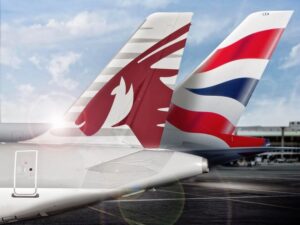

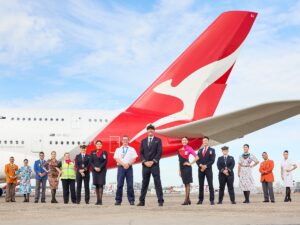
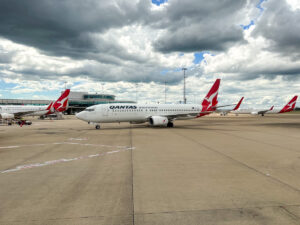
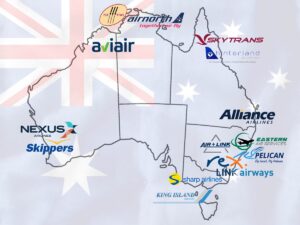
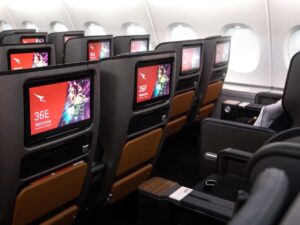

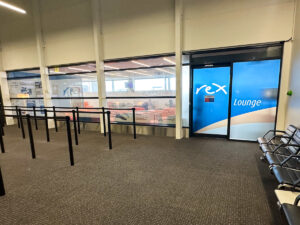







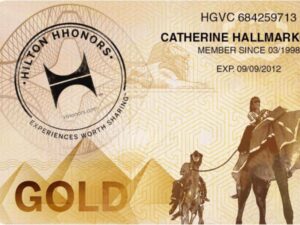


















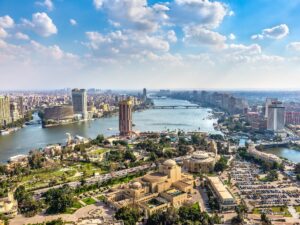
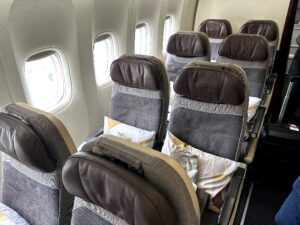







































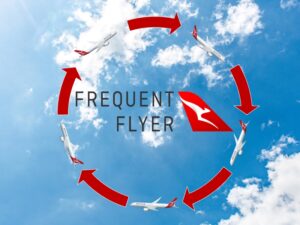





Community Comments
Loading new replies...
Join the full discussion at the Australian Frequent Flyer →